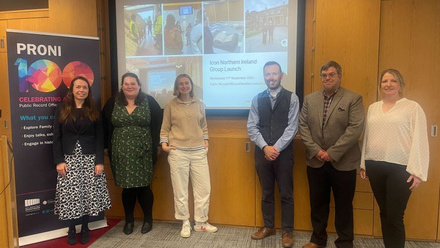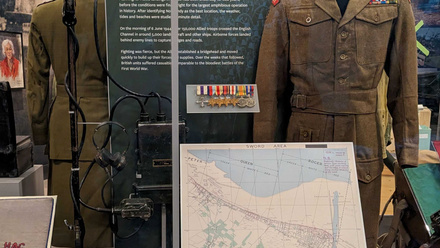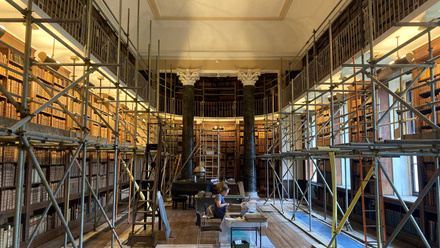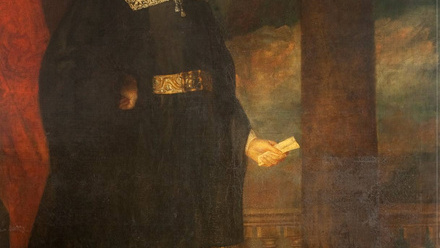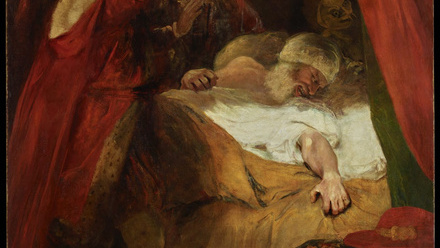In May 2018, I had the pleasure of spending 11 days in the North-Western state of Panjab in India where I surveyed 21 manuscripts from the Sikh tradition. The manuscripts were surveyed in order to determine the physical characteristics of their papers as part of the “Dhan Su Kagad” project. This trip was kindly funded by the Icon Book and Paper Group’s Frederick Bearman Research Grant. I was accompanied on this trip by my wife, a medical doctor specialising in Haematology and also a brilliant research assistant. The immediate purpose of this trip was to collect data on the papers used in Sikh manuscripts for the purpose of establishing a database and typology of paper types. Such a database would benefit researchers, custodians, librarians and conservators alike.
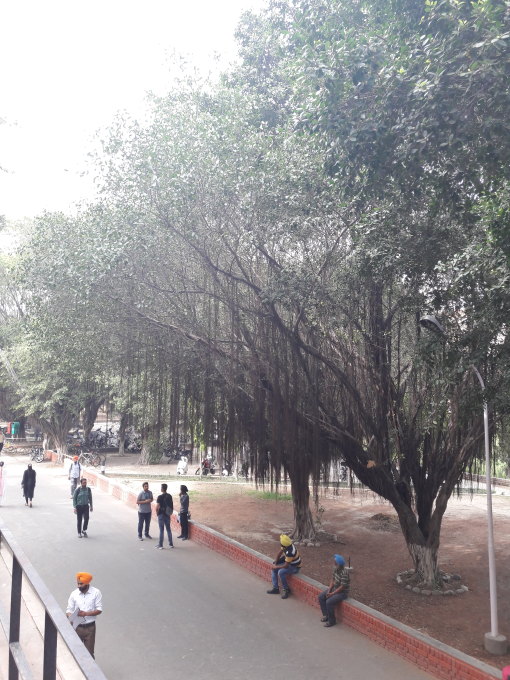
The morning after landing at Amritsar airport, we immediately started the survey on manuscripts from the Guru Nanak Dev University (GNDU) collection located at the western edge of the city. Some of the manuscripts in the GNDU collection were difficult to handle owing to the damage they had sustained over centuries. One particularly difficult manuscript to handle was MS 1245, one of the earliest known Sikh manuscripts in existence – a number of scholars have dated it to the late 16th century. Historic damage and frequent handling has left this beautiful codex in an extremely fragile state. Due to its condition, we were not able to extract all the data required for the survey. However, the information we did collect was of great interest.
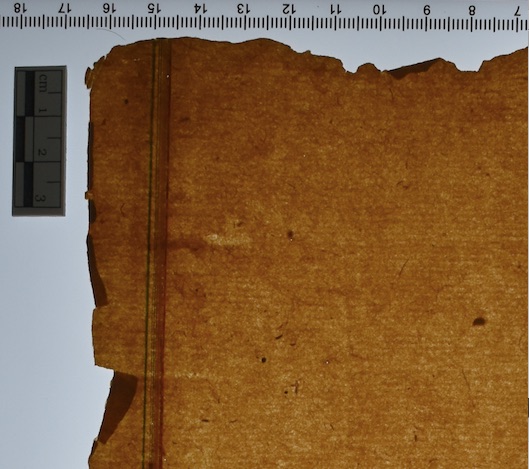
A folio of MS 1245 as viewed through transmitted light showing the impression of a c16th century papermakers mould.
Reproduced with the kind permission of Bhai Gurdas Library, Guru Nanak Dev University, Amritsar.
It is important to note that although some manuscripts were especially fragile to handle, they were also uniquely intact. Restoration attempts had not obscured any of the paper characteristics we were seeking to record.
As well as collecting data on paper characteristics we also documented and photographed aspects of the binding structure. Unlike manuscripts kept in most Gurdwaras and shrines, the GNDU collection was far more intact and revealed a wealth of information on previously undocumented binding practices including early and unique examples of supported sewing structures. Thanks to a rigorous working routine, we were able to survey almost all the manuscripts we had selected for the project. We would like to thank all the GNDU library staff and also Dr Amarjeet Singh of GNDU’s Guru Granth Sahib Ji Bhavan for their help and support during our visit.
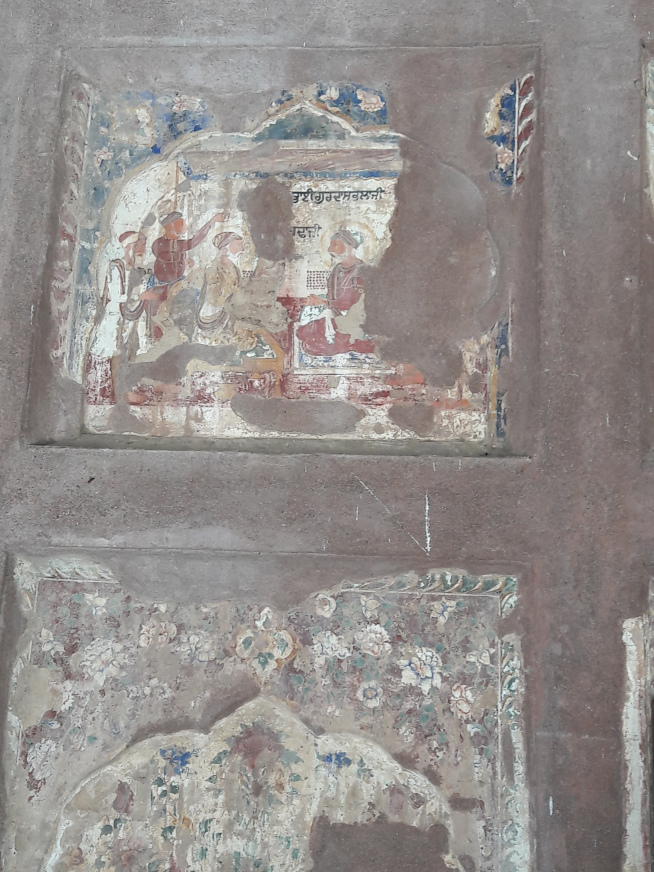
During the evenings, we had the opportunity to explore the old city of Amritsar. Despite the enormous destruction of historical sites, the city is still rich in heritage. There are dozens of Gurdwaras, Mandirs (Hindu temples), Akharas (monastic shrines-some of which had libraries I was unable to explore owing to time constraints) on every street and corner. Amritsar had a particularly rich tradition of fresco wall-paintings with a very recognisable style. In previous years, many important frescos have been destroyed during renovation works and those which survive are now especially valuable.
After surveying a selection of 17 manuscripts at GNDU, we then visited the Sikh Reference Library, located in the centre of the old walled town, within the building complex surrounding the Harimandir Sahib shrine. The Harimandir shrine is the most sacred site in the Sikh tradition and is often described as the “Golden Temple” by visitors and tourists.
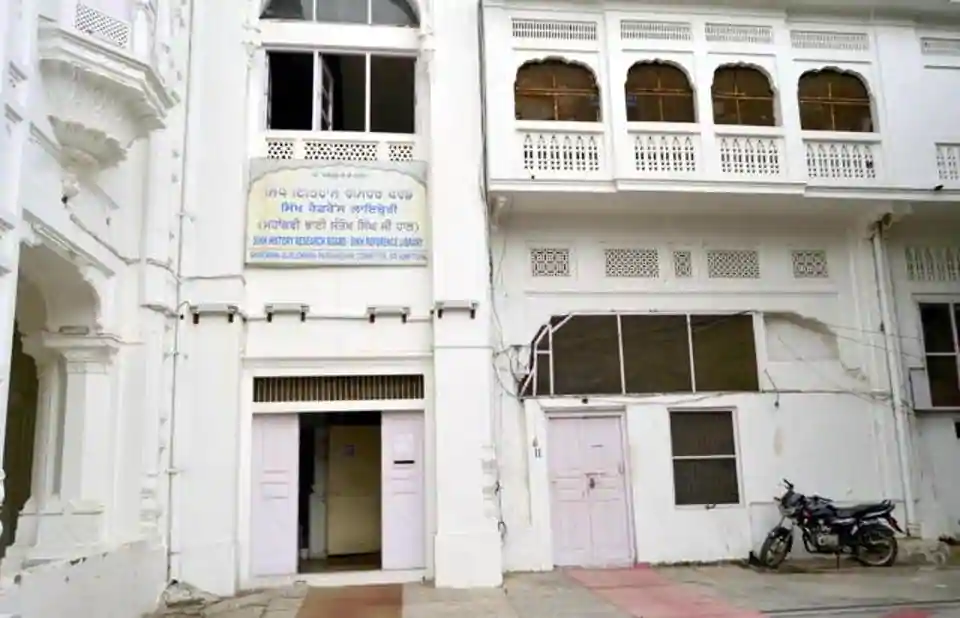
The Sikh Reference Library is home to hundreds of Guru Granth Sahib manuscripts which are yet to be catalogued and is one of the largest collections of Sikh manuscripts in the world. Constrained by time, we decided to simply pick four manuscripts at random. Nonetheless, we added valuable data to our collection and established positive links with the staff. This is certainly a collection we plan to visit again in the future. We would like to thank the librarian Dr Bagicha Singh and and all the supporting staff for their kind help and assistance during our visit. They showed a great interest in our research and allowed us to view a tiny portion of an extra-ordinary treasure.
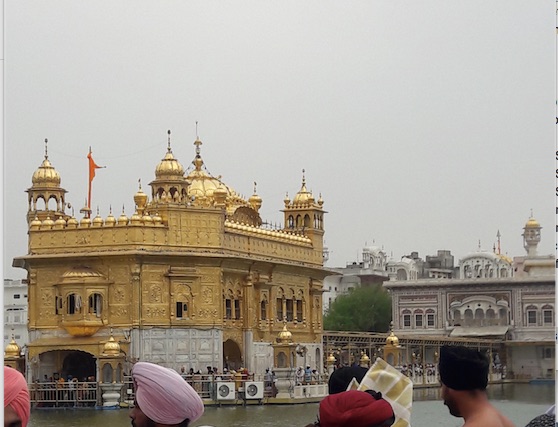
Soon after arriving back in the UK, I set about collating the data and began to notice correlations quite soon. The preliminary results of our data analysis will be shared in the the Frederick Bearman Memorial Lecture in December 2018.
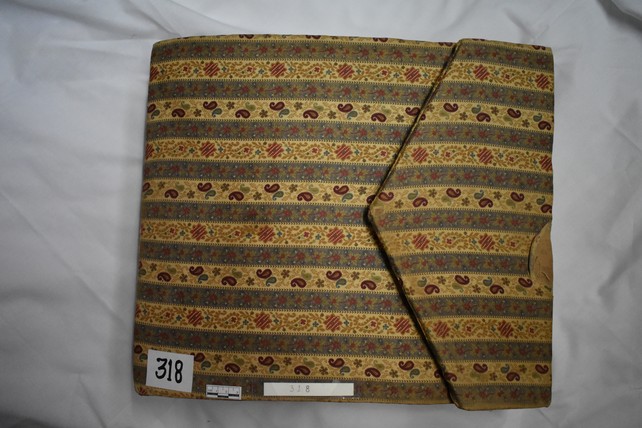
A beautifully made manuscript from the Sikh Reference Library we were able to survey.
Reproduced with the kind permission of the Sikh Reference Library and SGPC Amritsar.
Jasdip Singh Dhillon is the Book and Paper Group’s 2018 winner of the Frederick Bearman Research Grant. He will be presenting his research as the keynote speaker at the Frederick Bearman Memorial Lecture in December 2018.


